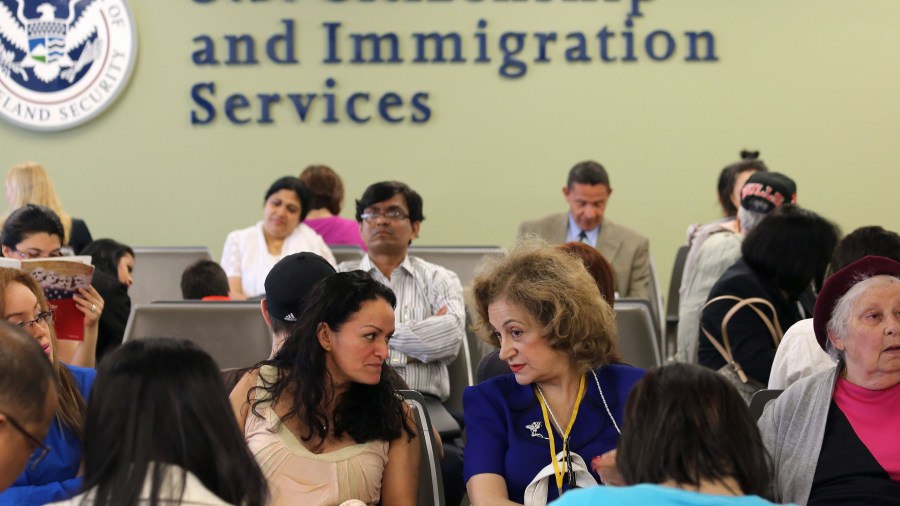Immigration’s role in the tight U.S. labor market

John Moore/Getty Images
A sharp decline in immigration to the U.S. could be contributing to the country’s labor shortage. According to research from economists at the University of California, Davis, the country had 2 million fewer working-age immigrants at the end of 2021 than it would have had if pre-pandemic immigration trends had continued. We spoke to Marketplace senior economics contributor Chris Farrell about the consequences of the decline in immigration. Plus, we talk to Julia Coronado, founder of MacroPolicy Perspectives, about what's driving the latest market volatility. And, how far does the U.S. economy have to go before it makes up all of the jobs that were lost to the pandemic?
get the podcast
The team
David Brancaccio
Host
Victoria Craig
Host, BBC
Stephen Ryan
Senior Producer, BBC
Jonathan Frewin
Producer, BBC
Jay Siebold
Technical Director
Meredith Garretson Morbey
Senior Producer
Erika Soderstrom
Producer
Rose Conlon
Producer
Alex Schroeder
Producer
Redmond Carolipio
Digital Producer
Ariana Rosas
Producer
Jesson Duller
Media Producer














